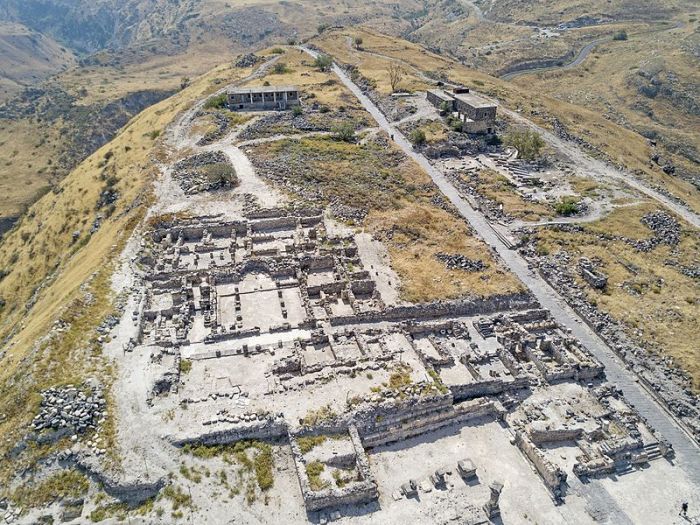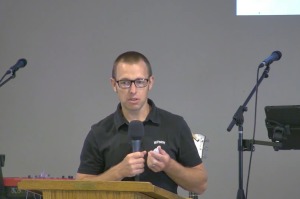2,000-y-o Jewish ritual bath from Second Temple period unearthed in Galilee

A 2,000-year-old mikveh, a Jewish ritual bath, has been uncovered in Galilee on an ancient farmstead.
The first-of-its-kind archaeological discovery was found during an excavation the Israel Antiquities Authority conducted and occurred prior to a significant construction project on the highway system that was about to start in the region, according to multiplereports.
“The existence of a mikveh, a purification facility, unequivocally indicates that the residents of the ancient farm were Jewish, who led a religious and traditional way of life, and maintained purity as a Torah commandment. Ritual baths have been used in daily life by Jews since the Second Temple period and until today,” explained excavation directors Abd Elghani Ibrahim and Dr. Walid Atrash.
“The discovery of the mikveh in the farmstead changes what we knew about the lifestyle of the Jews in the Second Temple period. Until now we hadn't discovered Jewish farms in the Galilee. It was considered that the Jews in the Roman period didn't live in farms outside the villages or towns. The discovery of the farmstead at some distance from the village of the Shikhin and the large Jewish town of Sepphoris, showed that Jews also settled in farmsteads, that perhaps functioned as the rural hinterland of Sepphoris,” they continued.
The Second Temple period in Jewish history spanned from 516 B.C. and 70 A.D., when the Second Temple of Jerusalem existed. The sects of Pharisees, Sadducees, Essenes, Zealots and the earliest Christians formed during this period. In 70 A.D., the Romans captured the Holy City and destroyed the temple.
The planned highway construction would have damaged the mikveh if left in the bedrock, the archaeologists noted, and as a result, it had to be detached and transferred it to the nearby Hannaton kibbutz — and Israeli collective agricultural community — where it will be preserved.
The transfer, which took two weeks to prepare and made use of a 500-ton crane, involved extracting the stone bath from bedrock, surrounding it with a steel cage to protect it, and hoisting it onto a tractor-trailer to carry it down the road to its new home on the kibbutz. It was then placed in a deep hole that was seven meters wide and three meters deep. The mikveh reportedly weighs 57 tons and was situated near the community's existing ritual bath.
The kibbutz community must now determine how to present what they see as a national treasure to the public, whether that means making an archaeological park out of the space or using it for its intended purpose.




























